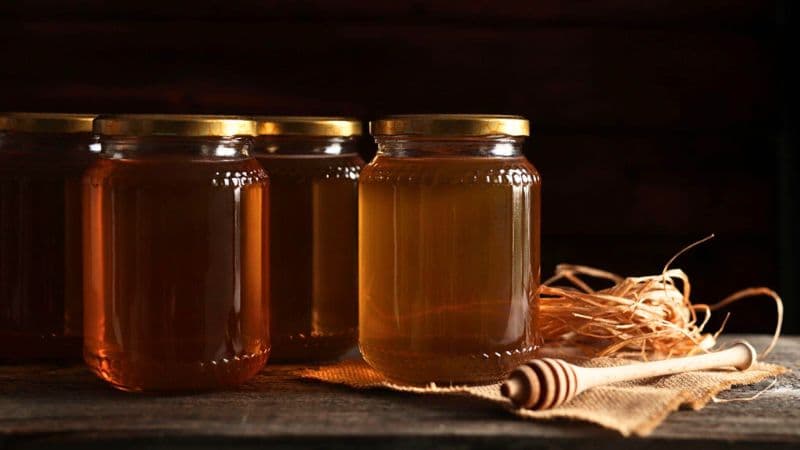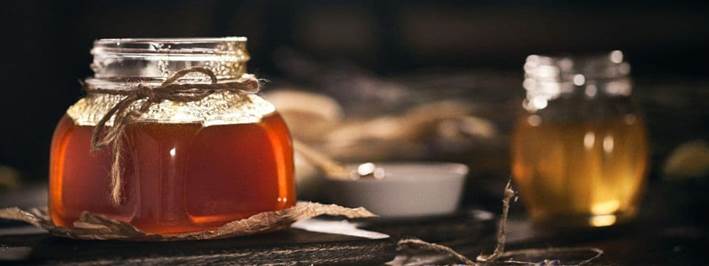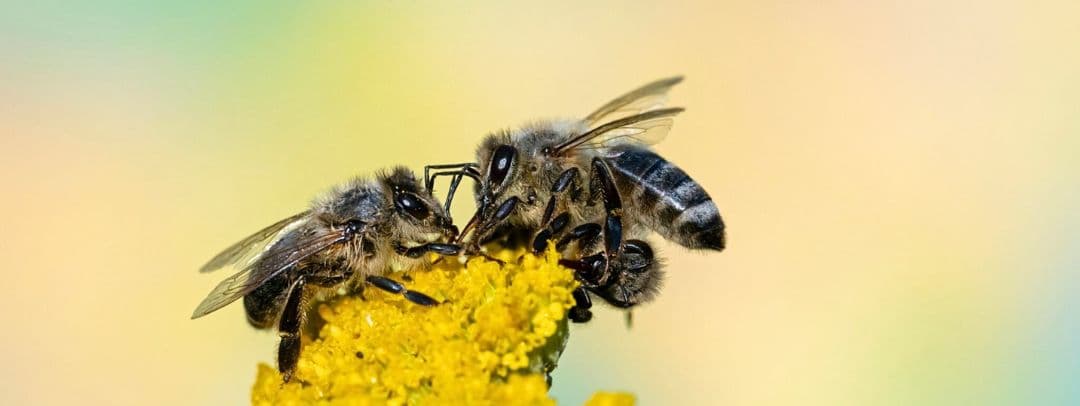Holm oaks, pines, chestnut trees, beeches, oaks and cork oaks abound in Spain. These form deep forests where bees collect molasses from tree leaves. For this reason, it is sometimes not considered honey, but honeydew or honeydew. But it also has many benefits, today we tell you the properties and characteristics of forest honey.
Differences between honey and honeydew
Before we must make a clarification about what is honeydew, honeydew and how it differs from forest honey. If we stick to the definition of current Spanish legislation (Royal Decree 1049/2003, of August 1), honeydew honey:
“It is the honey that comes for the most part from excretions of plant sucking insects (Hemiptera) present in the living parts of plants or from secretions of the living parts of plants.”

Also, no mention is made of honeydew, but for some people honeydew is these same secretions but from insects such as aphids.
To be considered honey, it must “come from the nectar of plants.” If we stick to this definition, it is not honey, however, many consider it that way since it is made by bees as well.
Properties and characteristics of forest honey
The place and the plants where the bees suck the nectar greatly influences the way in which honey is made, as well as its flavor and properties. Some of them are:
- Antioxidants It has been shown that, among forest honey, it has twice the antioxidant properties of 36 other honeys analyzed. Said components of an antioxidant nature identified in honey are phenols, ascorbic acid, glucose oxidase, catalase and peroxidase.
- Fight stress. These antioxidants, present in 66.8% compared to 28.7% of other honeys, are an ideal complement to fight against anemia, either due to a lack of iron and other minerals. Highly recommended in stressful seasons and for athletes, as it helps with physical and mental effort.
- Lung diseases. The organoleptic properties of forest honey provide benefits against lung conditions such as asthma, chronic obstructive pulmonary disease, influenza, pneumonia and bronchitis.
- Expectorant properties. Now with the arrival of winter you will probably need food with these properties, did you know that forest honey is ideal for it? Some plants such as thyme, mallow, marshmallow, marjoram, plantain, propolis, or sundew have expectorant abilities. Being in the forests, the bees collect these properties that end up being transferred to the honey.
You can gather all the properties of forest honey in a teaspoon that you mix with your infusion of these plants to increase the effect. Your respiratory tract will thank you. It also serves to prevent alterations in it that become more evident in these cold months.

- Appearance and crystallization. Forest honey has a very particular aspect. It is a very dark honey compared to others, so it is easily recognizable. If you don’t drink a lot of honey, or you do it very occasionally, forest honey is for you.
It has a very slow crystallization so it is likely that you consume it before it gets to do so. However, keep in mind that it has an intense flavor, with nuances that other honeys do not. It is also delicious and in MAES Honey you can buy the best quality forest honey.
You may also like:



